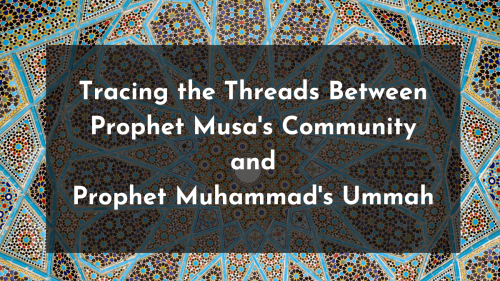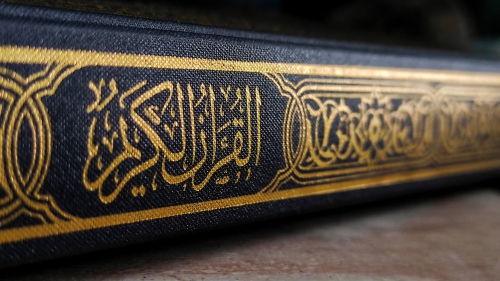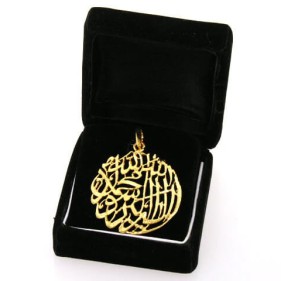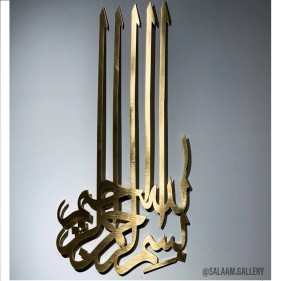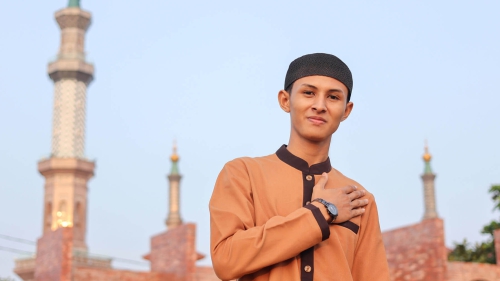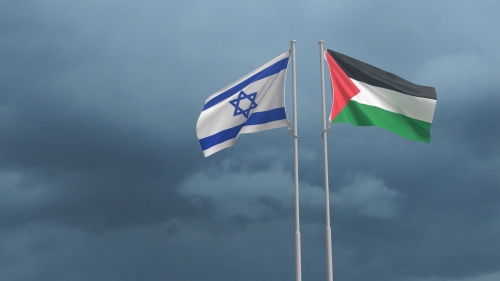Services
Highlights
Quran l-‘Alaa 87:16-17
News Around the World
LIFE & SOCIETY
COCOSKEELINGISLANDS.COM.AU
Australia: Cocos Keeling Islands, where Islam is the focus of most people’s lives
WORLD AFFAIRS
COMMONDREAMS.ORG
Disgust greets White House correspondents’ dinner as Israel kills journalists in Gaza
WORLD AFFAIRS
MIDDLEEASTEYE.NET
Gaza ‘freedom flotilla’ blocked in Turkey
WORLD AFFAIRS
MIDDLEEASTMONITOR.COM
U.S. presidential candidate Cornel West jumps over fence to join student sit-in
WORLD AFFAIRS
MONDOWEISS.NET
The Rafah invasion will be catastrophic
WORLD AFFAIRS
SCHEERPOST.COM
Chris Hedges: Revolt in the Universities
WORLD AFFAIRS
ALJAZEERA.COM
Across the Western world, public opinion on Palestine is finally shifting
WORLD AFFAIRS
THEGUARDIAN.COM
Gaza’s 37m tonnes of bomb-filled debris could take 14 years to clear, says expert
WORLD AFFAIRS
MIDDLEEASTEYE.NET
How an ‘antisemitism hoax’ drowned out the discovery of mass graves in Gaza
WORLD AFFAIRS
MIDDLEEASTMONITOR.COM
Palestine is everywhere at the Venice Biennale this year
WORLD AFFAIRS
WSWS.ORG
Campus protests against Gaza genocide spread globally despite police repression
WORLD AFFAIRS
MONDOWEISS.NET
‘It felt like pulling my heart out of the earth:’ testimonies from the mass grave at Nasser Hospital














